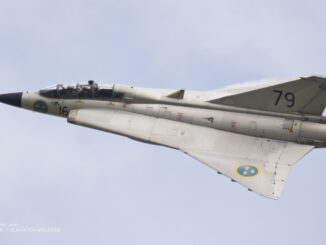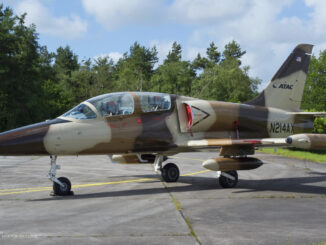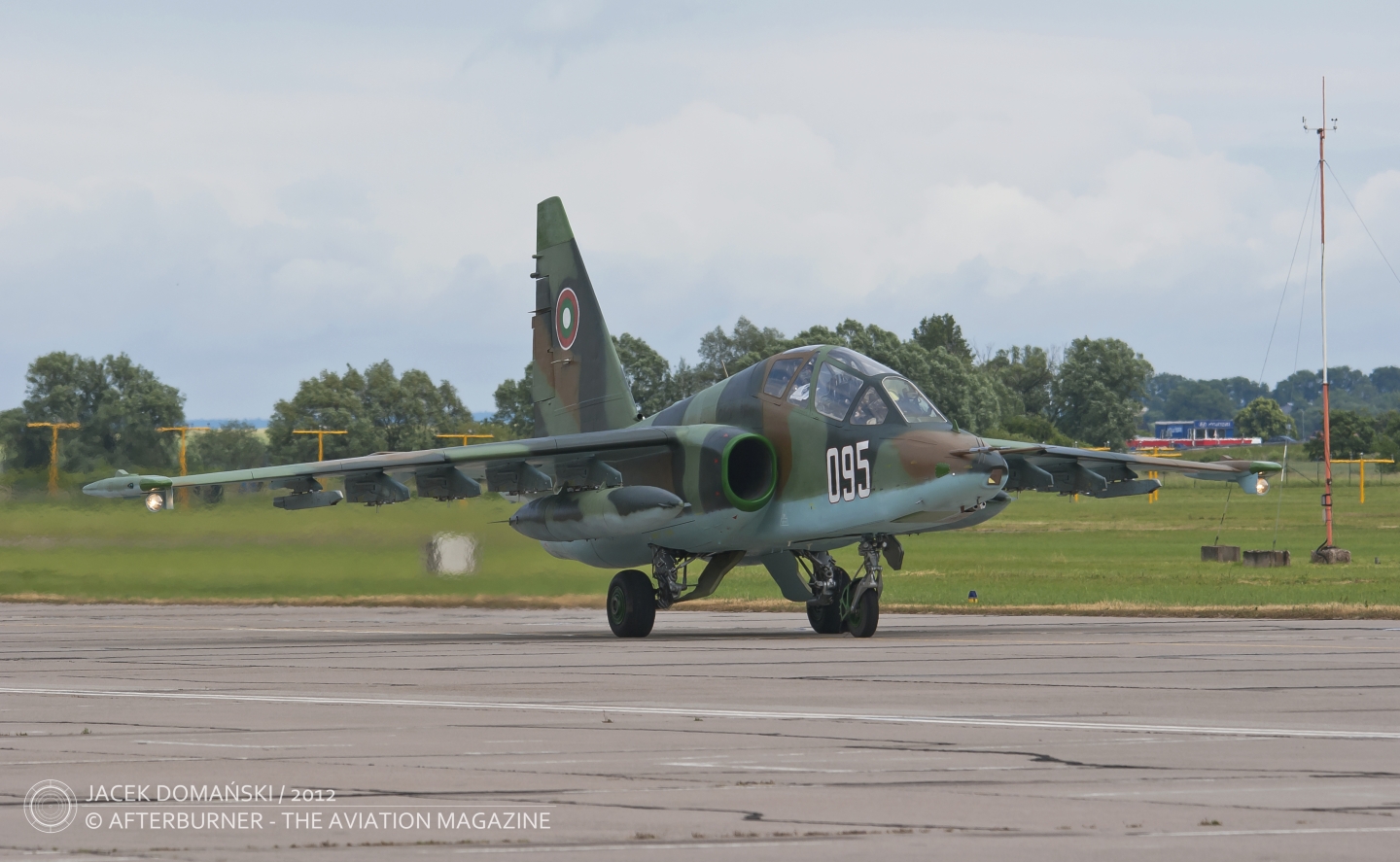 Evektor EV-97 Eurostar (c/n 2006-2617, CLV Pardubice), static display during the 31st Aviation Fair, Pardubice, May 2023.
Evektor EV-97 Eurostar (c/n 2006-2617, CLV Pardubice), static display during the 31st Aviation Fair, Pardubice, May 2023.
The Eurostar and Sportstar are two aeroplanes belonging to one family of light sport aircraft developed in the late 1990s by the Czech aviation company Evektor-Aerotechnik.
History of the company dates back to 1970, when Aerotechnik aviation manufacturer was established in Kunovice, in the then Czechoslovakia. Initially, the company focused on building small aircraft, such as L-13 Vivat powered glider and A-70 autogyro. Then, activities of Aerotechnik were extended to maintenance and repair of several models of Czechoslovak-made aeroplanes.
In the early 1990s, Aerotechnik bought rights to manufacture French light aircraft Pottier P.220S Koala. However, only one prototype was made, and further development was ceased, due to privatisation of the company.
In consequence of aforementioned restructuration, Aerotechnik CZ limited company was established. Shortly after, it merged with Evektor group and formed the Evektor-Aerotechnik aviation manufacturer. Following the decision of new management, works on the Koala were continued, however the aeroplane was redeveloped to meet requirements of ultralight aircraft category.
Simultaneously, the company began with development of its own light sport aircraft, designated EV-97 Eurostar. Works on the aeroplane were led by chief engineer Martin Drštička. The aircraft created by Evektor was, at first glance, similar to the Koala. Nevertheless, overall appearance was the only thing shared by both aeroplanes, as construction of the EV-97 is significantly different.
Just like its predecessor, the EV-97 is a two-seat, low-wing monoplane with seats in side-by-side configuration and covered by a large, bubble canopy. However, the Eurostar aircraft is powered by different powerplants of Rotax 912 series, an Austrian-developed family of four-cylinder, piston engines. Construction of the EV-97 includes both aluminium and composite materials, its airframe was optimized for longer service life and has improved fatigue characteristics.
On 31st May 1997, the first prototype of the EV-97 performed its maiden flight. In total, there were three prototypes of the Eurostar made for evaluation. The aeroplane and its performance seemed more than promising, and it was approved for serial production. Regrettably, in December of 1997, a tragic accident occurred during the Eurostar testing phase and resulted in death of the test pilot.
In 1998, the Eurostar was officially certified in the European ultralight category, with the aircraft maximum take-off weight of 450 kg. Within a few years, the aeroplane became a hit on the market of UL aircraft. In 2014, the EV-97 became included in the list of the ten most-sold ultralight aeroplanes in Germany, published by Aerokurier magazine.
Parallelly to the Eurostar, a bigger and heavier variant of the aircraft was developed. It was designated Sportstar and intended for the American market, thus meeting requirements of the Special Light- Sport Aircraft (S-LSA) category. The Sportstar had the maximum take-off weight increased to 600 kg and was equipped with wings of wider span. In 2011, the Sportstar was announced ´the S-LSA Aircraft of the Year´ by Aero-News Network.
Several different versions of the aeroplane were developed over the years. Some of them were characterized by only minor differences or custom-tailored equipment. The list of variants includes Eurostar SL, SL+ and SLW; Sportstar SL, MAX and RTC – however, differences between the models are quite freely defined. In 2013, during the Aero Friedrichshafen trade show, the Evektor company introduced an electric-powered variant of the aeroplane, designated Evektor EPOS.
In 2006, one example of the EV-97 Eurostar was acquired by Centrum leteckého výcviku (Flight Training Centre – CLV) in Pardubice. There, the aeroplane is primarily used for training flights of the CLV flight instructors.



